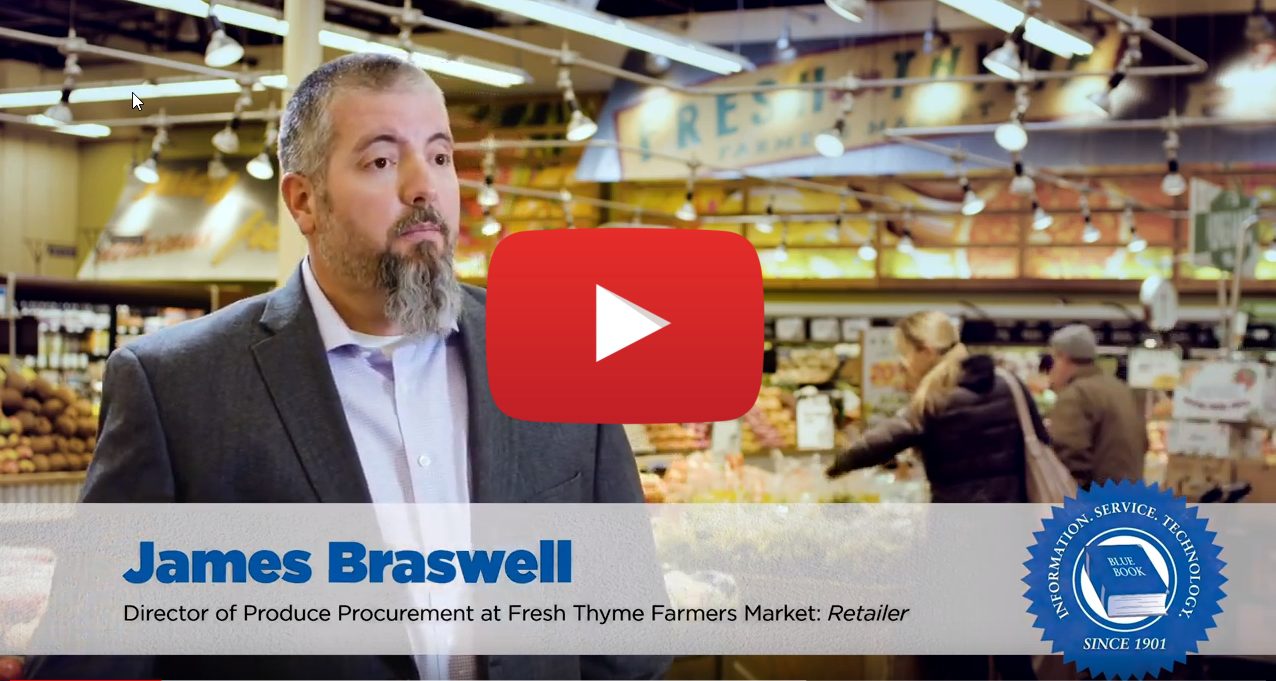These distinctions include the types of fruit or vegetables produced—for example, asparagus, bell peppers, and tomatoes dominate in several northern and middle states, while mangos, papaya, limes, and chili peppers are prevalent in the south and eastern states. Demographics also influence food preferences, buying habits, and consumption. The north is more sparsely populated (except for border areas) than the central, eastern, and coastal areas, while the southern states are more densely populated.
“Understand that from Mexico City north and Mexico City east-west, you’re going to have more people buying imports,” observes Gerawan’s Papangellin. “Whereas south of Mexico City, and as you follow the country as it bends east, they may be more into their local production and not imported products from the United States.” Demand, however, is frequently affected by production problems and commodity deficits. If crops are damaged by frost or hurricanes, like last year, suppliers will look to imports to fill the gap.
“Our experience is that there is always demand for consistent good quality product, even if, as in the case of Mexico, the receiving country has its own production,” Papangellin adds. Though Mexico is well known for its fruit, especially tropical or exotics, production is still reliant on weather, soil, and availability of water—just like the United States. If supply is short, he notes, Mexican receivers will “import from the United States, whether it’s citrus or table grapes or stone fruit, apples and pears, certain vegetable items.” Bottom line, he emphasizes, “Mexico imports a lot of product.”
“There are many items Mexico imports from the United States, some year-round and some seasonally,” comments Epic Produce’s Miller. “Basically Mexico imports whatever [growers] do not produce during a given season; they also import U.S. items that are produced in Mexico when the U.S. market is cheaper.”
But Mexico is not a homogenous market, notes Correa. “There are a wide variety of consumers looking for different products and they have different tastes. For pears, Mexico is one of our most dynamic export markets—taking nearly all sizes, grades, and varieties. Value-seeking consumers want smaller sizes, and retailers that cater to these consumers will look to carry those sizes or grades. Premium shoppers will look for larger sizes and higher grades, and there is a range of supermarkets and even some traditional markets that cater to those consumers as well.”
Connecting with Buyers
The first thing prospective U.S. exporters need to learn about Mexican buyers is that they value personal contact. “If you’re more into electronic communication, and not so much into the old-fashioned style of face-to-face or over-the-phone talking,” predicts Papangellin, “you’re not going to get very far.”



